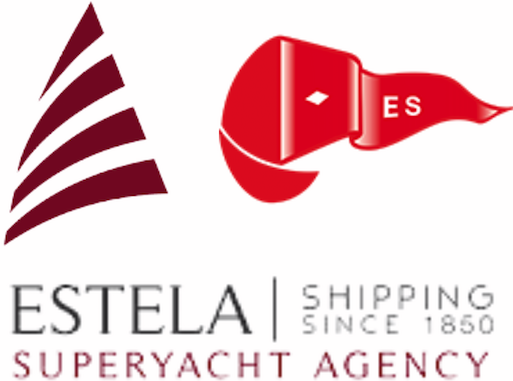Leading industry experts gathered at Palma’s Port Centre to discuss the evolving landscape of yacht exploration, from Arctic ice fields to technological frontiers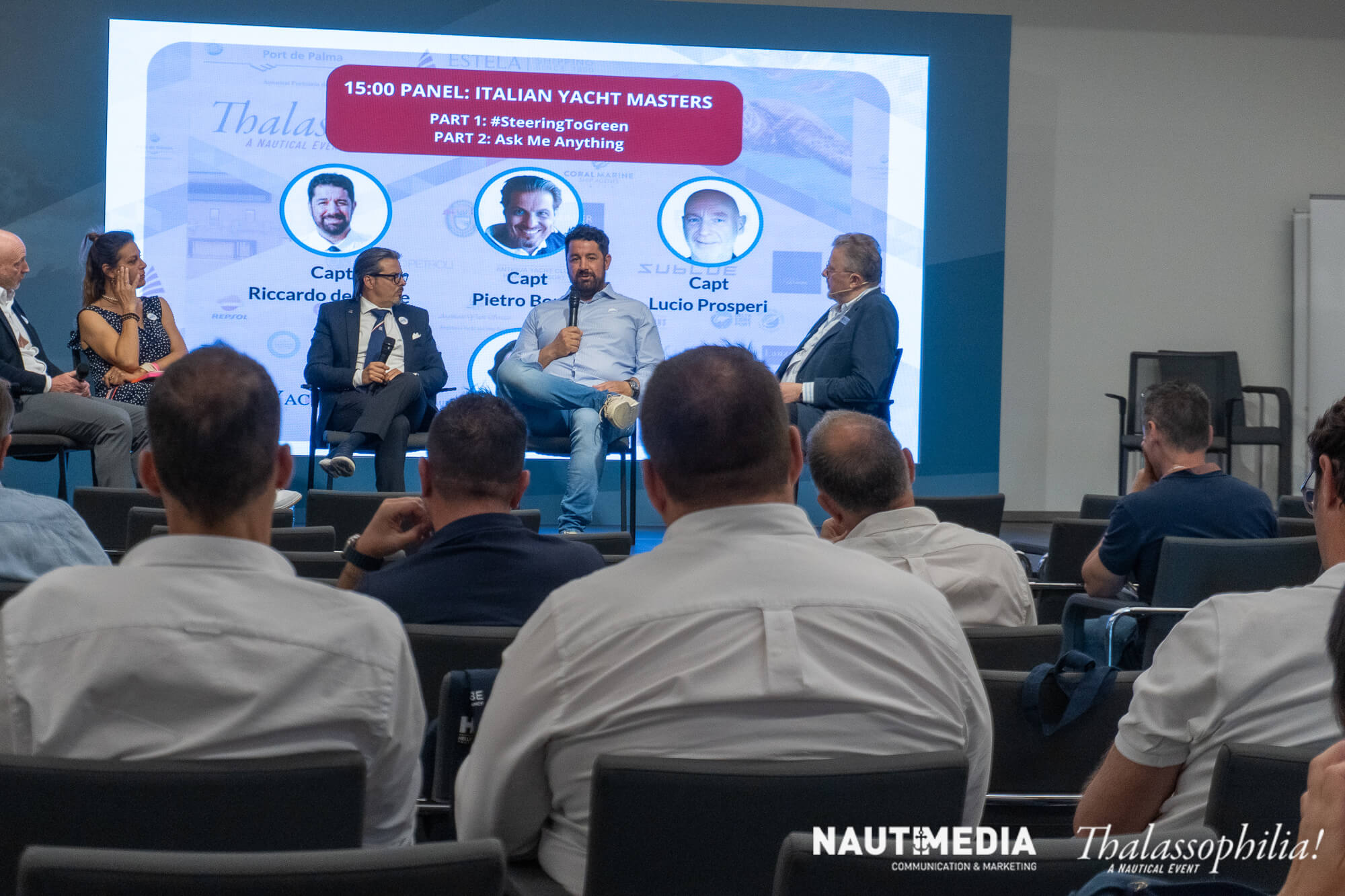
Italian Yachtmasters Association demonstrates that meaningful environmental improvements don’t require revolutionary technology; they start with smart choices captains can make today

While much of the marine industry focuses on futuristic technologies like hydrogen propulsion and nuclear engines, a group of experienced yacht captains is proving that significant environmental improvements can be achieved right now through practical, cost-effective solutions.
At ESTELA’s breakfast seminar held in Palma on 30th April 2025, the Italian Yachtmasters Association presented their “Steering to Green” initiative. They provided real-world case studies from active superyachts, demonstrating that sustainability in yachting begins with mentality, not just technology.
Listen to the panel session here: https://www.podbean.com/ew/pb-5dnh6-18f02d5
The philosophy: Small things that matter
“We cannot save the planet, but we ask ourselves: is there anything we can do in our small daily contributions?” explained Captain Pietro Borgo, representing the Italian Yachtmasters Association. “We strongly believe this is absolutely a matter of mentality. Safety and sustainability both start from mentality.”
Founded ten years ago, the Italian Yachtmasters Association created the “Steering to Green” project specifically to address sustainability through practical collaboration. Rather than waiting for perfect future solutions, they focus on testing, implementing, and sharing feedback about sustainable systems that work today.
Advanced technical solutions
New construction advantages
Captain Pietro Borgo, currently overseeing construction of a 72-metre diesel-electric motor yacht, demonstrated how new builds can integrate comprehensive sustainability systems:
- Variable speed generators that automatically adjust revolution to onboard consumption, dramatically reducing emissions
- Electric propulsion with large battery packs enabling one hour of full-electric anchoring and four hours of 6-7 knot cruising
- Salt-based battery technology that’s 100% recyclable
- Dynamic positioning systems eliminating anchor impact in sensitive areas like Posidonia seagrass beds
“It’s much easier to find sustainable solutions in new construction because we can plan appropriately, have space available, and manage integration properly,” Borgo explained. “We’ve realised that sustainable vessels probably maintain market value better long-term compared to traditional vessels.”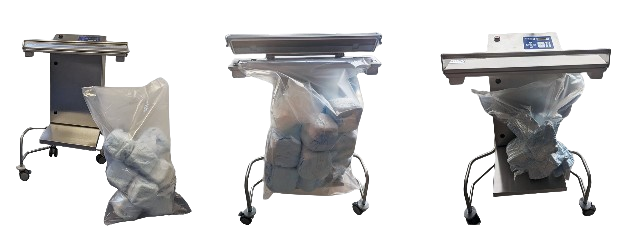
Immediate implementation opportunities
The panel identified several solutions available for immediate implementation:
Biodegradable Hydraulic Oil: Available from standard suppliers with proper certification, this eliminates pollution risks from hydraulic system spills throughout the yacht (gangways, cranes, swimming ladders).
Transparent Vacuum Waste Bags: Simple but effective solution making waste sorting easy while eliminating leaks during transport ashore.
HVO Fuel: Hydrotreated Vegetable Oil can reduce NOx emissions by up to 90% and works in any engine, though currently at slightly higher prices.
Oil Filtration Systems: German technology can extend service intervals from 3-4 times annually to just once, dramatically reducing oil consumption, disposal requirements, and filter replacement needs.

The business case for sustainability
Economic arguments that resonate
Captain Nigel Marrison from Blue ESG reinforced the business case: “Ultra-high net worth individuals didn’t achieve wealth by wasting money. We can demonstrate incremental operational cost reductions over 3-5 years, fuel and energy consumption decreases, carbon tax and penalty mitigation, and optimal resale value maintenance.”
The economic benefits are measurable:
- 1,000 litres daily gas oil savings through power management systems
- Dramatic reduction in service intervals and associated costs
- Elimination of plastic bottle purchase, storage, and disposal expenses
- Future-proofing against evolving regulations
Regulatory landscape evolution
The discussion highlighted serious regulatory risks facing the industry, including potential EU Emissions Trading System expansion to include 400+ gross ton vessels, carbon taxes and penalties, and IMO net zero emissions requirements by 2050.
“Without proper management, we limit access to finance and insurance, creating asset depreciation risk for non-compliant vessels,” Marrison warned.
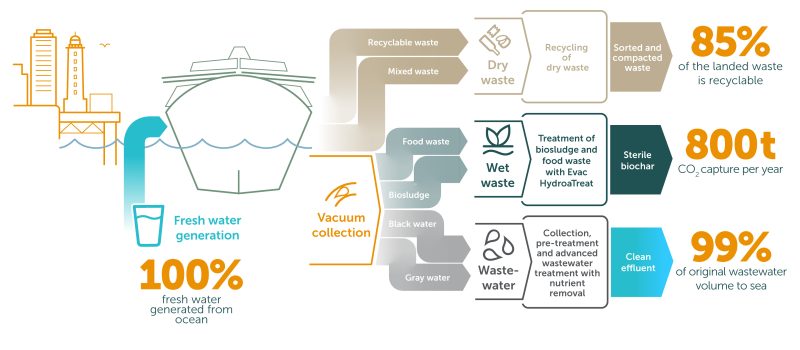
Infrastructure and industry collaboration
Marina development needs
Current infrastructure limitations create practical challenges. While some facilities like Club de Mar Marina offer proper shore connections for grey and black water disposal, many marinas still require noisy, smelly truck services that disturb other vessels.
“Administrations must require marinas to install proper disposal systems,” Prosperi emphasised. “It’s not just about large yachts – twenty vessels carrying three passengers each equals the same impact as one vessel carrying sixty people.”
Collaborative approach required
The Italian Yachtmasters Association emphasises that individual captain voices carry little weight, but collective industry action can drive meaningful change. Their three-stakeholder approach targets:
- Association members sharing technical solutions and implementation feedback
- General community education to counter automatic associations between yachting and pollution
- Institutional engagement providing single-voice communication with regulatory authorities
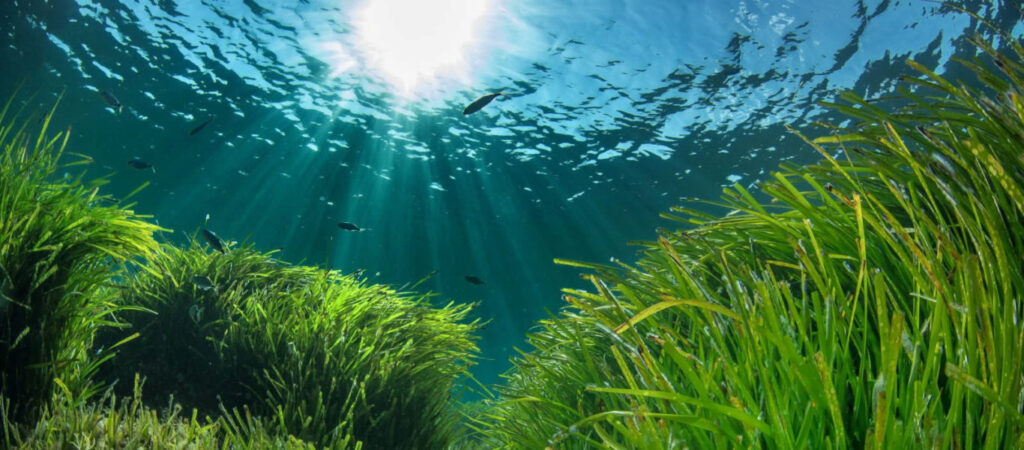
Environmental protection balance
Posidonia protection example
The challenge of protecting Posidonia seagrass meadows illustrates the need for collaborative solutions. “Sometimes you spend more time finding spots without Posidonia for proper anchoring than actually reaching your destination,” Prosperi explained.
Rather than just creating prohibitions, authorities must provide practical solutions like mooring buoys that protect sensitive areas while enabling safe yacht operations. Recent grounding incidents in Ibiza and Formentera during high winds demonstrate the safety risks of inadequate anchoring options.
Innovation Leadership Role
Yachting as technology incubator
Sara Intonti, Communications Director for Italian Yachtmasters, highlighted the industry’s innovation leadership: “The yachting industry serves as an innovation laboratory where sustainable practices often start before entering private daily life – voice control systems, hybrid propulsion technology, advanced water treatment systems.”
This leadership role should be better communicated to demonstrate yachting’s contribution to broader sustainable technology development rather than perpetuating negative stereotypes.
Mentality transformation
Crew education and multiplier effects
Creating a sustainable mentality among crew creates ripple effects extending far beyond individual yachts. “If we are 50 people implementing sustainable practices and returning home with this knowledge, that creates 100+ people with improved environmental awareness,” noted one panellist.
The transformation parallels safety culture evolution: “Just as safety mentality took years to establish and is now fundamental, green mentality represents the next essential step requiring education and consistent implementation.”
Future perspective
Global context and impact
While yachting represents approximately 0.5% of global shipping emissions, the solutions and attitudes developed in pleasure craft operations filter through to wider shipping industry applications, creating impact far beyond the sector’s direct footprint.
The Italian Yachtmasters Association’s approach proves that industry-wide environmental improvement comes through consistent implementation of practical solutions rather than waiting for perfect future technologies.
Key takeaways for the industry
- Sustainability starts with mentality – education and consistent implementation create lasting change
- Practical solutions exist today – no need to wait for revolutionary technology
- Economic benefits support environmental goals – smart sustainability investments reduce operational costs
- Collaboration drives change – individual voices become powerful through association
- Infrastructure development is essential – marinas and ports must evolve to support sustainable practices
- New construction offers optimal opportunities – planning sustainability from design phase maximises effectiveness
Conclusion
The “Steering to Green” initiative demonstrates that meaningful environmental improvements in superyacht operations don’t require waiting for revolutionary technologies. Through collective implementation of practical, immediately available solutions, the industry can significantly reduce its environmental impact while maintaining operational excellence.
As the panel concluded, this represents a mature, responsible approach to environmental stewardship that maintains the industry’s innovation leadership role while addressing legitimate environmental concerns. The pathway forward is being actively demonstrated by leading captains and forward-thinking yacht operations who understand that the future is green, and it starts with the choices we make today.
Listen to the panel session here: https://www.podbean.com/ew/pb-5dnh6-18f02d5
For more information about implementing sustainable practices aboard your vessel, or to connect with the Italian Yachtmasters Association’s Steering to Green initiative, contact ESTELA at SteeringToGreen@estelayachting.com
